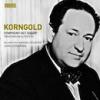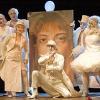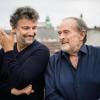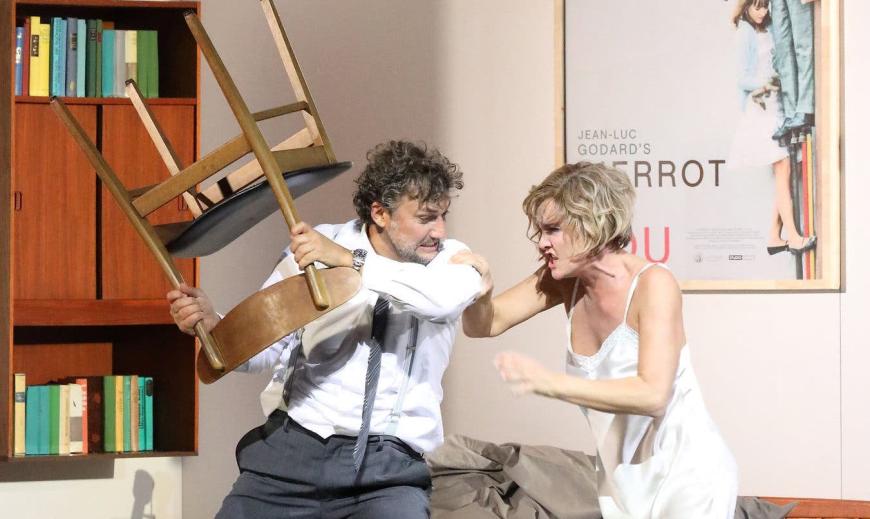
It took a while, but it appears that Erich Wolfgang Korngold’s Die Tote Stadt (The dead city) has finally secured a place for itself in the international repertory. As well it should, for the score is a thing of luminous beauty that transcends fashion, evoking a timbral magic of its own whenever Korngold applies touches of harp, piano, bells, and celesta to the lavish textures. All of that comes through in all its gorgeous, passionate, yet clear-eyed audio color on a DVD (also Blu-ray) of a 2019 production from Munich’s Bavarian State Opera led by Kirill Petrenko, the first operatic release from the new, in-house Bayerische Staatsoper Recordings label.
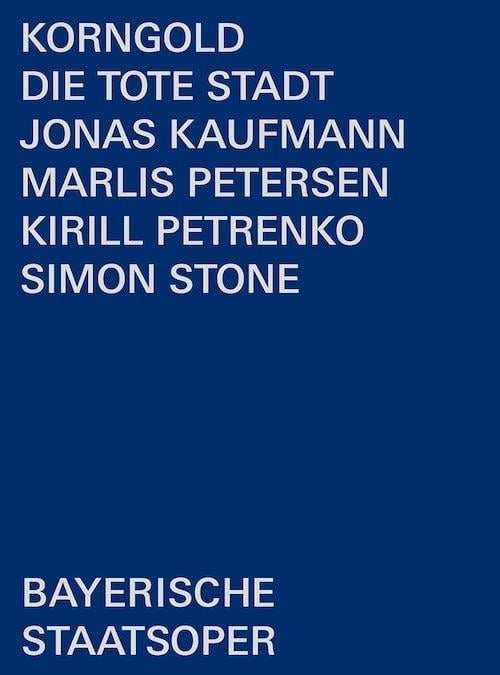
A huge hit for the supernaturally talented 23-year-old composer at its dual premieres in Hamburg and Cologne in 1920, Die Tote Stadt first fell victim to Nazi persecution in the 1930s and then to dodecaphonic (12-tone) exclusion after World War II. A tinseled relic of a forgotten era, the conventional wisdom thought — if they thought about it at all.
But the opera wouldn’t stay out of sight for long. An excellent, grand-sounding first recording, also from Munich, under the direction of Erich Leinsdorf (RCA) got the ball rolling in 1975, and New York City Opera took it up that year. Götz Friedrich’s haunted production for Deutsche Oper Berlin was exported to Los Angeles — Korngold’s final hometown — in 1985 (Korngold’s granddaughter Katie played violin in the pit orchestra). The 21st century saw an explosion of productions — among them a Willy Decker coproduction from the Salzburg Festival and Vienna State Opera at San Francisco Opera in 2008 — and several video and audio recordings came out.
The plot can be summed up thusly: Paul, who has been fantasizing about his long-dead wife Marie, projects her onto a free-spirited look-alike who happens to have the name Marietta. Paul’s obsession is expanded into a nightmare that takes up the bulk of the opera — and to make a long story short, he is finally convinced that one cannot bring back the dead.
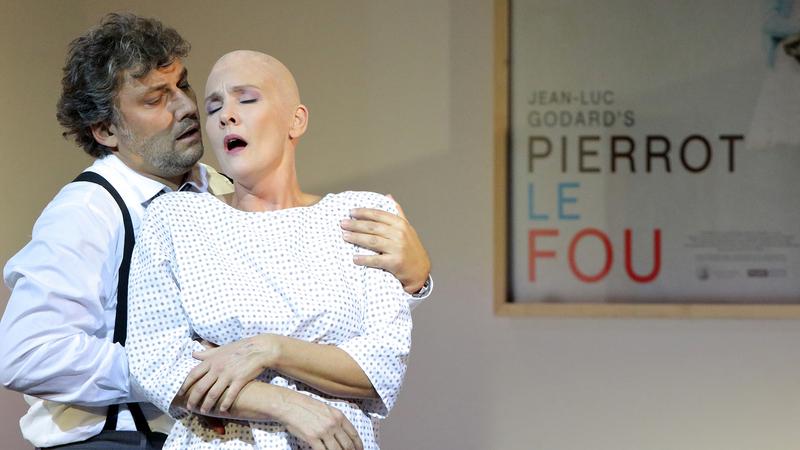
This being Germany, one shouldn’t be surprised that the setting has been updated — and yet again, the perpetrator is a theater director (Simon Stone) making his debut as an opera director. The specter of a dank, shadowy, medieval city of the dead — Bruges — at the end of the 19th century has been thrown out in favor of mostly brightly-lit, square-cut, somewhat sterile exteriors and interiors of homes in a present-day European city, all set on a revolving turntable. Paul’s “shrine” to Marie consists of a tiny walk-in closet plastered with hundreds of photos of her. There are clever reference points scattered in the homes that define the time and place — a current Mac laptop and flat-screen TV, boxes of junk food, framed posters of 1960s cult films like Pierrot le Fou (the character Fritz acts out a Pierrot routine in the second-act party) and Blow-Up (perhaps referring to Paul’s obsession with photos).
Stone’s trendy, urban homesteads mostly occupied by carefree, cavorting young people is not exactly what Erich and Julius Korngold — writing the libretto under the nom de plume Paul Schott — had in mind. It purposely slams against the post-Rosenkavalier lushness of the music, setting the score up as nostalgia for a past that clashes with contemporary times. Yet it’s easier to identify with issues of obsession and letting go of the past in this setting of real people and iconic objects of our time than in previous productions with nebulous ghosts, canals and shadows, even if we don’t get much sense of a tote stadt here.
It’s also advantageous to have two charismatic singing actors with plenty of stamina in the lead roles — Jonas Kaufmann as Paul and Marlis Petersen as Marietta/Marie. As ever the tenor with a baritonal tinge, Kaufmann makes his presence known immediately, fortissimo, and continues in steady voice throughout as he inhabits and elevates a somewhat disheveled schlump of a character. Petersen, who was in her early 50s when this was staged, manages to convince us that she is a 30-ish, sexy, kittenish, volatile, free-spirited, constantly in motion Marietta (a cousin, perhaps, of her signature role, Lulu), as well as a chilling all-too-real apparition of Marie.
Her lightweight yet durable, feminine, flexible soprano voice is up to the high-tension challenge of the part. The two generate a physical chemistry that extends all the way to the curtain call — and they deliver a heart-stopping, beautiful rendition of the opera’s hit aria, popularly known as “Marietta’s Lied,” in Act I, their stage movements carefully following the contour of the orchestration.
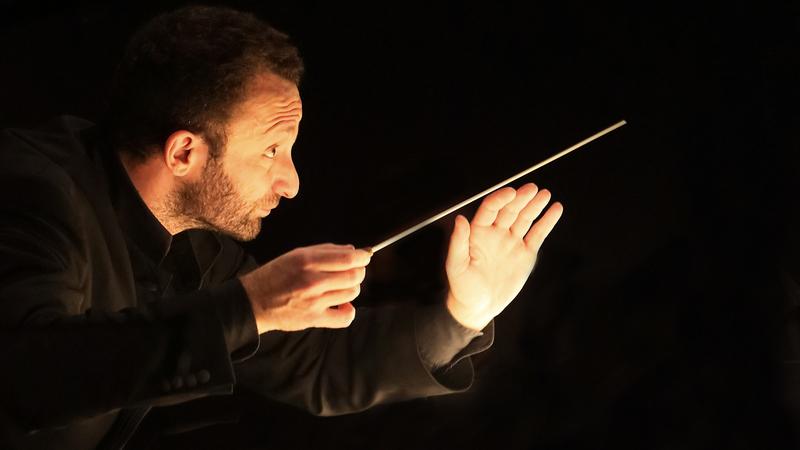
And let’s not overlook the impact of Petrenko, now the chief conductor of the Berlin Philharmonic, who savors every minute of this score, producing lustrous yet never saccharine playing from the Bavarian State Orchestra with sharp, passionate strokes and smooth, caressing gestures. He was a dark-horse choice to succeed Simon Rattle in Berlin and remains little-known for someone occupying one of the world’s top conducting posts. But clearly the Berlin musicians sensed something special when they chose him — and it certainly comes through here.


